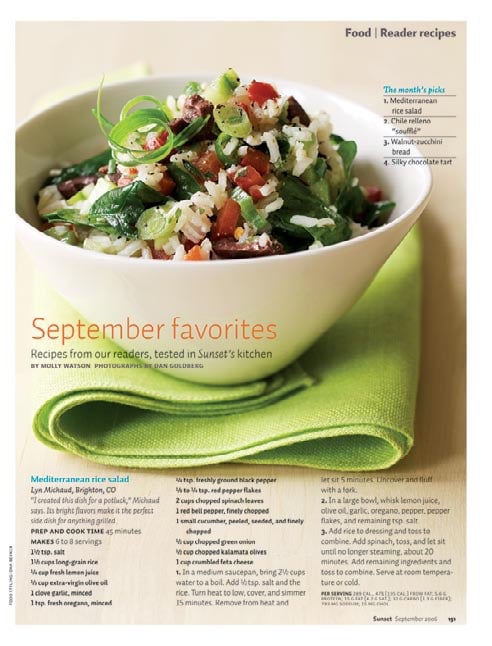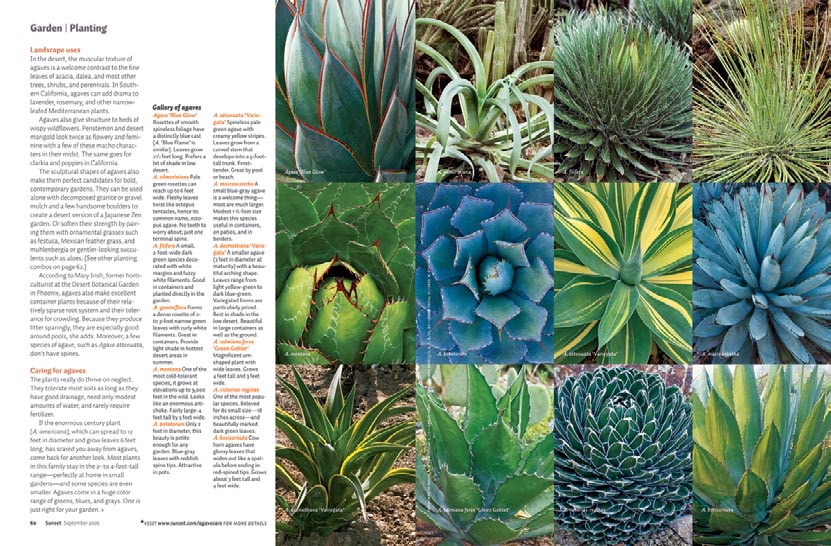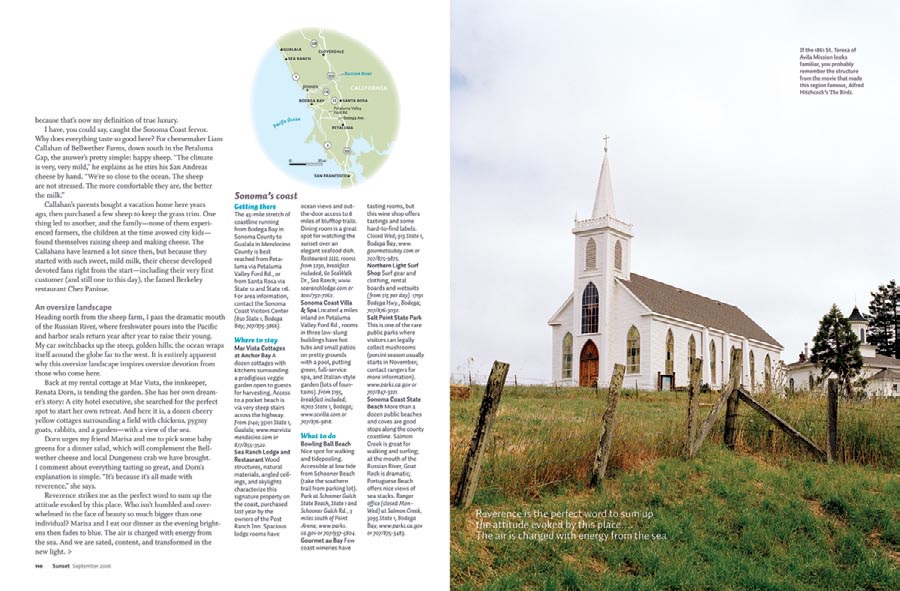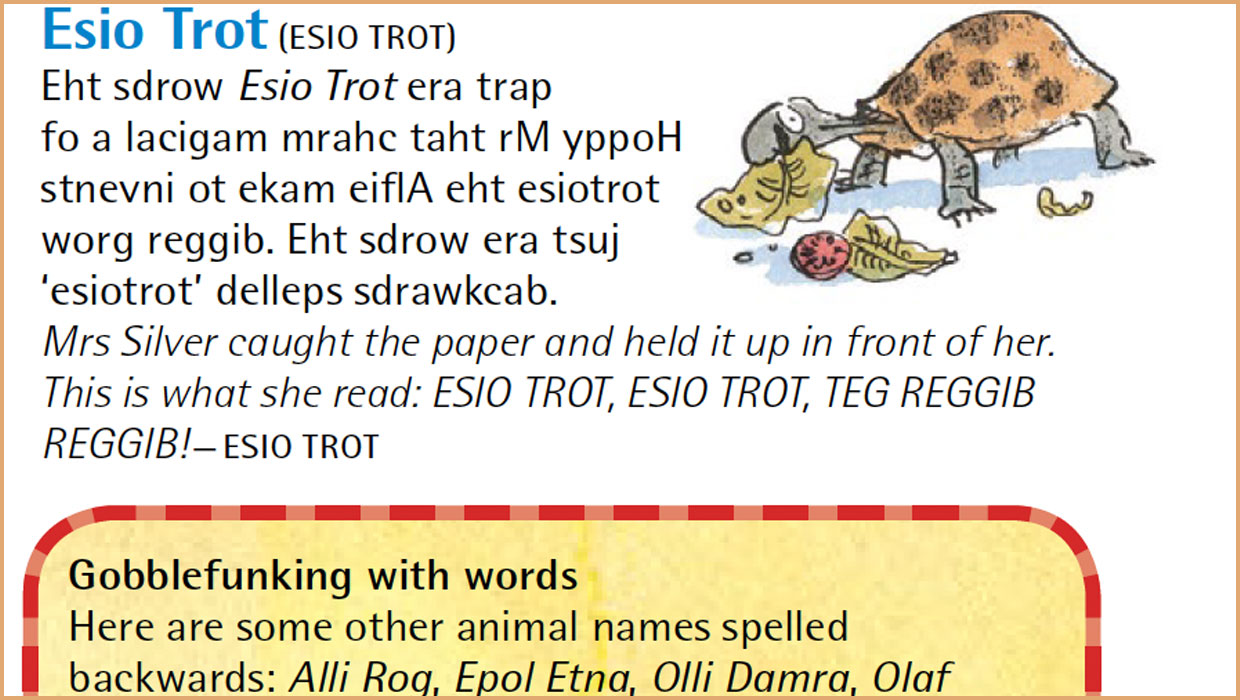InDesigner: Sunset Publishing Corporation
A venerable magazine switches to InDesign.

This article appears in Issue 14 of InDesign Magazine.
Since 1898, Sunset Magazine has represented the American West like no other publication. Today, more than 4.7 million readers turn to its pages to learn how to make the most of life in the West, from gardening with native plants and cooking with indigenous ingredients, to finding the best vacation spot. Sunset was one of the first major magazines to issue different editorial content in zoned editions to reflect regional differences in climate and travel opportunities; its editors even created a system of western climate zones, and later national climate zones, that are held as the standard of climate zone information throughout the country today.
Much has changed since those early days in the late 19th century, when the railroad was the latest technological wonder, and even since the company was acquired by time Warner in 1990 and renamed Sunset Publishing Corporation. Like many publications throughout the 1990s, Sunset was designed using QuarkXPress, but that changed with the arrival of new creative director, Mia Daminato. Formerly with Australian giant Federal Publishing Company, Mia has used InDesign for years, and there was no going back, even for a promising new position in a new country.
“Sure, I remember in the beginning I was frustrated using InDesign, because I was used to QuarkXPress,” says Mia. “But after those first few weeks, my initial fears dissolved and I could see the new possibilities that opened up with InDesign. Now QuarkXPress seems too basic and downright clunky.” Sunset Production Systems Manager, Marie Pence, had long been considering a switch to InDesign, and she welcomed the opportunity to do so with Mia’s arrival.
Marie cites many ways in which InDesign has made life easier,
not only for the designers, but for the production staff she oversees as well. She and Mia agree that one of the biggest time savers is InDesign’s ability to import layered Photoshop files. “The imaging department can now give us layered Photoshop files during the editorial development of a piece, instead of having to give us a flattened file for each iteration,” explains Marie. “We still use a flattened file
in the final version we send to prepress, but so much time is saved in the meantime, by not having to re-import a flattened file in the development stages. InDesign’s transparency features save time, too, as they avoid several trips into Photoshop for something as straightforward as feathering the edge of a map, or applying a simple drop shadow.”
Another big time-saver is the ability to use the “based-on” relationship among master pages. Information for the printer in page slugs, along with the underlying grid and folios, are part of the basic page structure, then new masters are based on this and added as needed for different types of pages. This greatly reduces the overall number of master pages required and helps simplify the files. A welcome change, too, is found in InDesign’s ability to quickly create PDFs to send to writers as the story layout is being developed. “We don’t miss those Distiller watched folders at all,” says Marie.
The magazine has just published its first issue developed under Mia’s creative eye and using InDesign. Stay tuned for the next exciting new era at Sunset Magazine.







Commenting is easier and faster when you're logged in!
Recommended for you

InDesigner: Roald Dahl Dictionary
Kelly McCathran shares the story behind a wonderful, whimsical dictionary for th...

InDesigner: LensWork
A look at LensWork, a magazine devoted to black and white photography, is produc...

InDesigners: Sesame Workshop
The creatives behind Sesame Street and many other shows for kids talk to David B...




